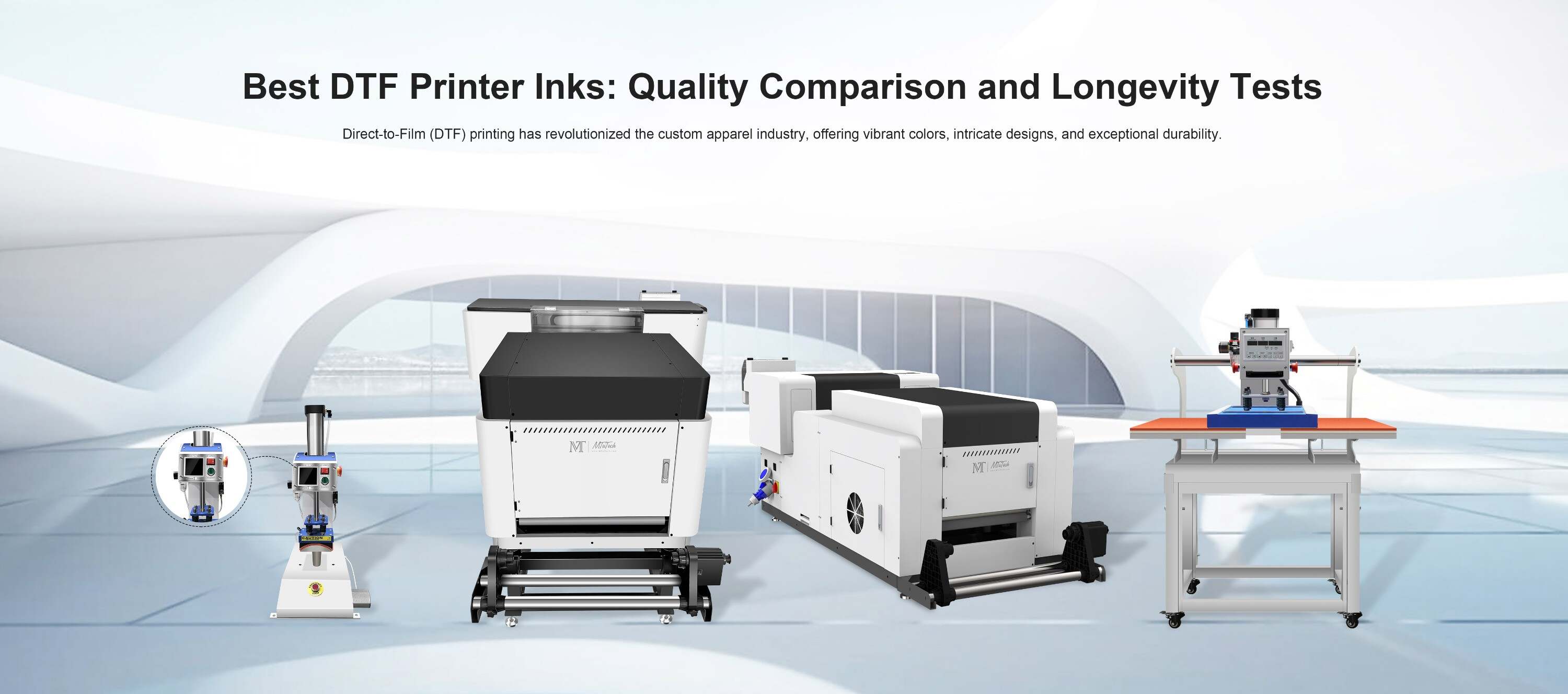Introduction
Direct-to-Film (DTF) printing technology has revolutionized the textile and apparel printing industry, enabling vibrant designs and detailed images to be transferred onto various fabrics. One of the critical components of this printing process is the DTF printer film. Understanding the types of films, their thickness, and how to perform quality checks is crucial for achieving the best results. In this blog post, we will explore these aspects in detail to help you make informed decisions for your printing needs.
What is DTF Printer Film?
DTF printer film is a special transfer film used in the DTF printing process. It serves as a medium that transfers the printed design onto the fabric. This process is advantageous because it allows for high-resolution images to be applied to different fabric types, including cotton, polyester, and blends, without the need for complicated setups.
Types of DTF Printer Film
Choosing the right type of DTF printer film is essential for successful printing. Different films offer various features that can affect the outcome of your printed designs. Here are some of the most common types of DTF printer film:
Standard DTF Film: This is the most commonly used type, suitable for general printing needs. It typically works well with most ink types and provides good durability and color accuracy.
Transparent DTF Film: This type is designed for those looking to create clear, vibrant images. It is ideal for designs that require see-through elements, enhancing the visual appeal against the fabric.
Specialty DTF Film: Specialty films come in various finishes such as matte, glossy, or metallic. These films allow for unique effects and textures, catering to more advanced and creative printing projects.
Eco-Friendly DTF Film: As sustainability becomes increasingly important, eco-friendly options are gaining popularity. These films are made from recyclable materials, minimizing environmental impact while maintaining quality.
Thickness of DTF Printer Film
The thickness of DTF printer film plays a crucial role in the quality of the print and the overall durability of the transfer. Thicker films often provide more vibrancy and better adhesion on diverse fabric types, impacting the final appearance significantly. Here are some considerations regarding film thickness:
Standard Thickness
The standard thickness of DTF printer films ranges from 75 to 120 microns. Films in this range provide a good balance between flexibility and durability:
75 Microns: Lightweight and flexible, suitable for intricate designs.
120 Microns: Offers more durability, ideal for designs that undergo heavy washing and wear.
Impact of Thickness on the Final Product
When selecting thickness, consider the following:
Thicker films are more durable, making them ideal for textiles that require washing.
Thinner films may be more suitable for lighter fabrics, allowing for better draping and comfort.
The thickness of the film should also correlate with how detailed or complex your design is.
Quality Check for DTF Printer Film
To ensure high-quality prints, conducting regular quality checks on DTF printer film is essential. Here are some aspects to focus on:
Visual Inspection
Always visually inspect the film for any imperfections, such as:
Scratches or marks that could affect print quality.
Color consistency across the film, ensuring that it aligns with your design expectations.
Adhesion Test
Conduct adhesion tests to understand how well the film adheres to the fabric. A simple method involves:
Applying the film onto a sample fabric and performing a wash test.
Checking for peeling or lifting after several washes, particularly for durability in garments.
Compatibility Check
Ensure that the film is compatible with the type of ink and DTF printer you are using. Some films perform optimally with specific ink formulations, and using the wrong combination can lead to poor-quality prints.
Test Prints
Before committing to large runs, make use of test prints to evaluate the performance of the film in real conditions. This will help you assess:
The vibrancy and accuracy of the colors.
The resolution of the design.
How well the print hold up after washing.
Conclusion
Understanding DTF printer film is crucial for any business or individual looking to get into the world of direct-to-film printing. From knowing the different types and thicknesses available to performing essential quality checks, every step plays a vital role in achieving the desired print quality and ensuring durability. By exploring high-quality options, such as those found here, you can elevate your printing game and satisfy your customers with exceptional results.
FAQ
What is the difference between DTF and DTG printing?
DTF (Direct-to-Film) printing transfers ink from a film onto fabric using heat, while DTG (Direct-to-Garment) printing applies ink directly to the fabric itself. DTF is more versatile for different materials, while DTG is often limited to cotton or cotton-blend fabrics.
How do I know which film to choose for my project?
The choice of film depends on your specific design needs, the types of fabric you are using, and the desired finish. Consider doing sample prints with different types of films to see which yields the best results for your application.
Can I use DTF film with any printer?
Not all printers are compatible with DTF films. It's essential to use a printer specifically designed for DTF printing to achieve optimal results. Make sure to check compatibility with your printer model before making a purchase.
How can I maintain the quality of my DTF prints?
To maintain the quality of DTF prints, avoid using setting agents or washes that contain bleach, wash prints inside out, and follow the manufacturer's guidelines regarding temperature and washing methods.

